Knives have been an integral part of human civilization for thousands of years. They serve not only as essential tools for survival but also as symbols of craftsmanship, artistry, and cultural identity. In various societies, knives differ significantly in form, function, and significance. This article explores the fascinating world of knives across different cultures, including the often-overlooked category of pocket knives, and how these implements reflect the values and traditions of the communities that wield them.
Knives in History: A Universal Tool
At their core, knives were invented out of necessity. Our ancestors needed tools to hunt, prepare food, and protect themselves. Initially crafted from stone, knives have evolved into precision tools made from advanced materials like stainless steel and high-carbon alloys. This evolution tells a story of technological progress and cultural adaptation.
The Dual Role of Knives
Throughout history, knives have served two main roles: utilitarian and symbolic. On one hand, they are practical tools used in everyday life. On the other hand, they carry significant cultural weight, functioning as artifacts of tradition, status, and spirituality. Understanding these dual roles helps us appreciate the varied meanings behind knives in different cultures.
Cultural Significance in Various Regions
Let’s dive into how knives hold unique places in different cultures around the world, highlighting some specific examples and traditions.
Asia: Craftsmanship Meets Spirituality
In many Asian cultures, knives are seen as symbols of precision and craftsmanship. Take, for example, the Japanese katana, renowned for its exceptional quality and artistry. The katana is more than just a sword; it embodies the spirit of the samurai and is a source of national pride.
Similarly, in India, traditional knives known as Kirpans carry significant religious importance for Sikhs. These ceremonial daggers symbolize courage, faith, and moral responsibility.
Moreover, in places like China, the cleaver is a staple in every kitchen, known for its versatility. Chefs view cleaver techniques as a form of artistry that enhances the culinary experience, signifying how knives contribute to both functionality and tradition.
Africa: Utility and Craft
In various African communities, knives serve as essential tools for daily life, often used in agriculture or as part of traditional ceremonies. For instance, the Maasai people employ traditional knives known as oldulai, which serve multiple purposes ranging from herding livestock to preparing food.
The craftsmanship behind these knives is often passed down through generations, reflecting the heritage and identity of the community. This rich tradition showcases how knives contribute to survival, identity, and culture.
Europe: Heritage and Evolution
Across Europe, knives have evolved from simple tools into intricate designs. The Swiss Army Knife is a prime example, combining functionality with portability. This pocket knife has transcended its utility, becoming a cultural icon of versatility and adventure.
Additionally, in Scandinavian countries, knives like the kniv are cherished items passed down through families, symbolizing craftsmanship and heritage. These knives are often used in traditional wood carving, showcasing a blend of utility and artistic expression.
Knives in Rituals and Symbolism
Beyond their practical uses, knives often hold deep symbolic meanings in various cultures. Many societies incorporate knives into rituals, representing a connection to ancestors or warriors.
North America: Firearms and Filleting
In North American indigenous cultures, knives serve both functional and spiritual purposes. Traditional knives used in hunting and fishing, like the skinning knife, are often considered sacred items that carry the essence of the animal hunted. Moreover, the practice of using a pocket knife for whittling or crafting is a deeply ingrained tradition, reflecting resourcefulness and creativity.
South America: Utility as Identity
In regions such as Peru, knives known as facones are famously used by gauchos, embodying the identity and lifestyle of these skilled horsemen. Facones often feature elaborate designs that signify craftsmanship, showcasing the artistry behind this essential tool.
Modern Knives: Blending Tradition with Innovation
As we move towards the 21st century, knives remain an essential part of the culinary arts and everyday life. The rise of modern materials and designs has led to several innovations in knife-making techniques.
Innovative Materials and Designs
Today's knives often incorporate ergonomics, modern alloy compositions, and advanced blade technologies aimed at improving functionality and safety. For instance, the development of high-performance stainless steel has made knives more resistant to corrosion and wear, while designs have evolved to cater to various preferences and tasks.
However, despite these modern advancements, many artisans continue to use traditional techniques to craft knives. Their commitment to quality craftsmanship maintains the cultural significance tied to the knife-making process.
The Accessible Art of Collecting Knives
Knife collecting has emerged as a popular hobby among enthusiasts and collectors around the world. This pursuit allows individuals to explore the rich history and artistry behind knives, including pocket knives from different cultures.
Finding Your Knives: A Collector's Guide
- Research: Understand the different types of knives available and their cultural significance.
- Start with Pocket Knives: These versatile tools can be a fantastic entry point for new collectors.
- Visit Local Workshops: Attend knife-making demonstrations or workshops to appreciate the craftsmanship firsthand.
- Join Online Communities: Engage with other collectors and share insights on knife history and usage.
Building a collection not only allows for personal expression but also contributes to preserving cultural traditions associated with knives. It encourages enthusiasts to appreciate the artistry while understanding the significance of these tools across different cultures.
Final Thoughts: More Than Just a Tool
Knives, in their many forms, are far more than mere tools in our lives. They represent cultural legacy, craftsmanship, and identity across the globe. From the artistic katana of Japan to the innovative Swiss Army Knife, knives are woven into the fabric of societal norms and practices.
As we explore the diverse roles that knives play in various cultures, we gain a deeper appreciation for their significance beyond cutting and preparing food. Whether you favor a traditional blade or a modern pocket knife, understanding their rich history fosters a respect for the craft and cultural narratives behind each piece.
The journey through the world of knives is a testament to human ingenuity, culture, and the art of survival that connects us all, transcending borders and time. So, whether you're an avid collector or simply someone who values quality craftsmanship, remember that each knife carries a story worth telling.








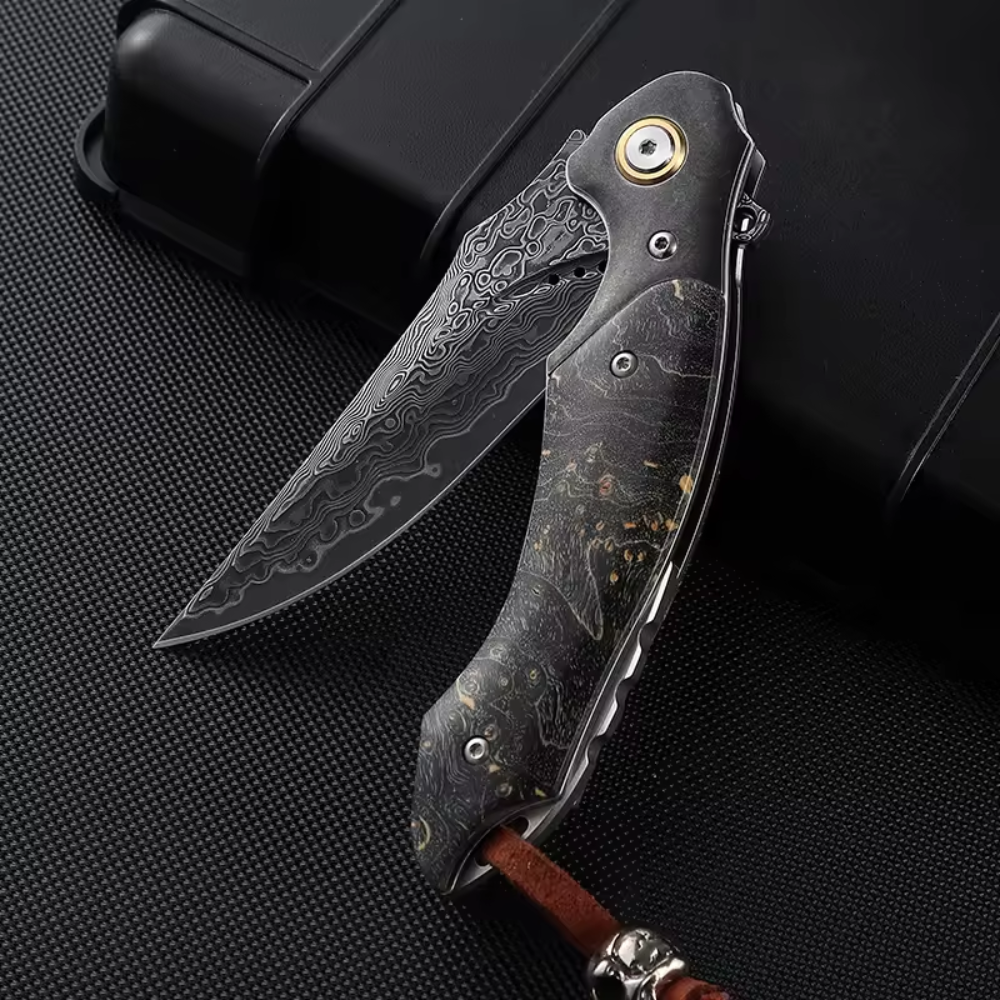
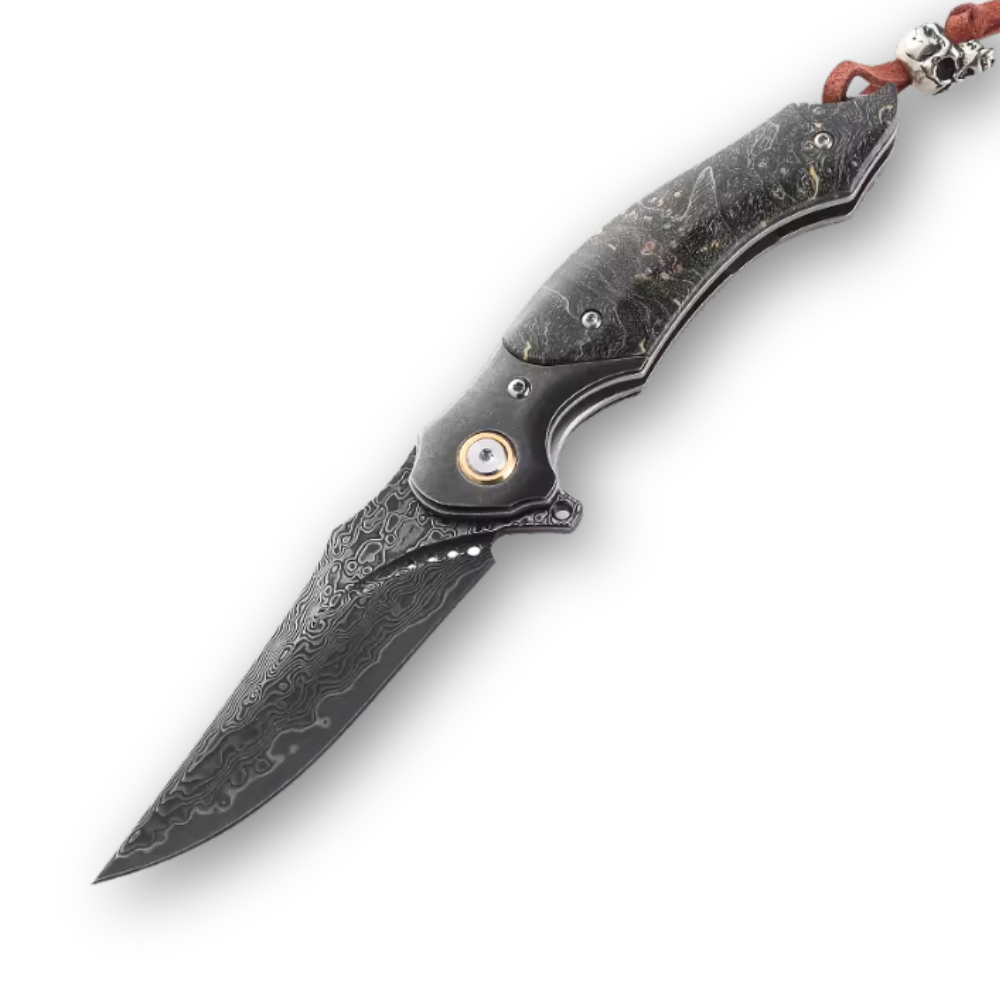
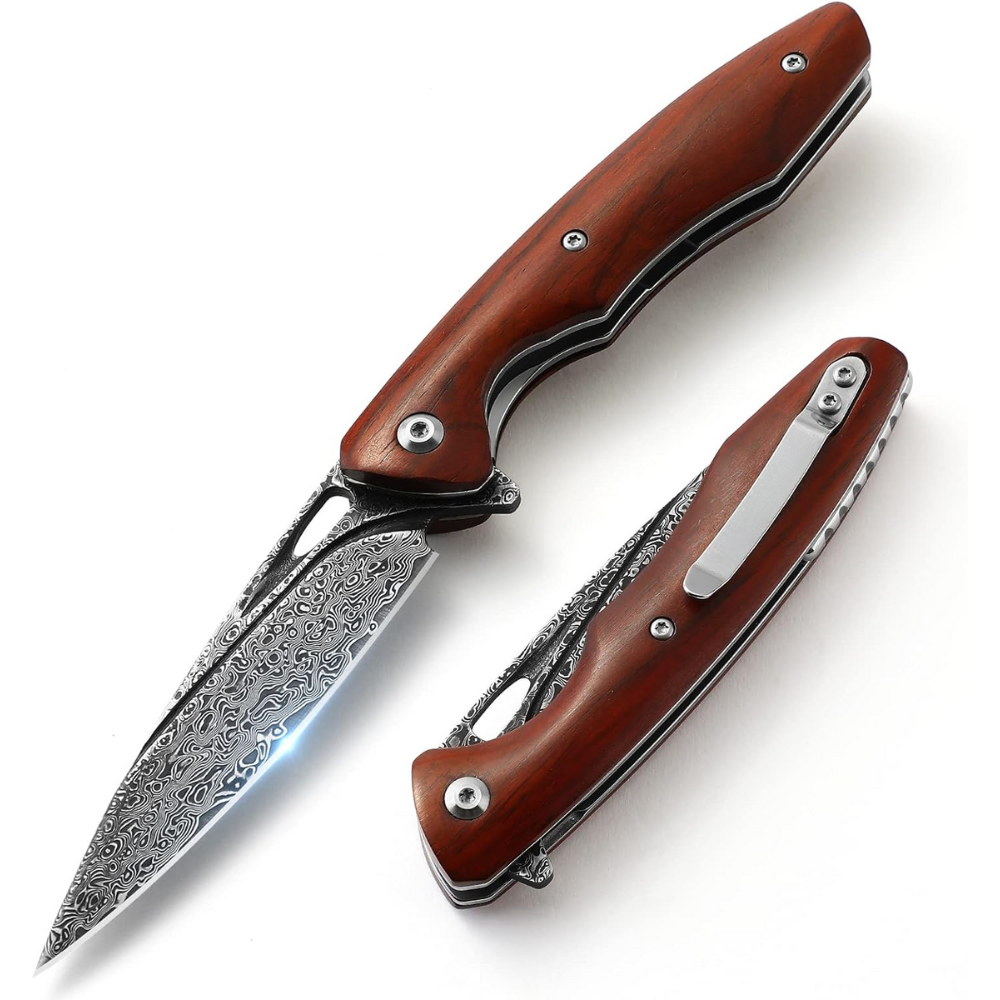
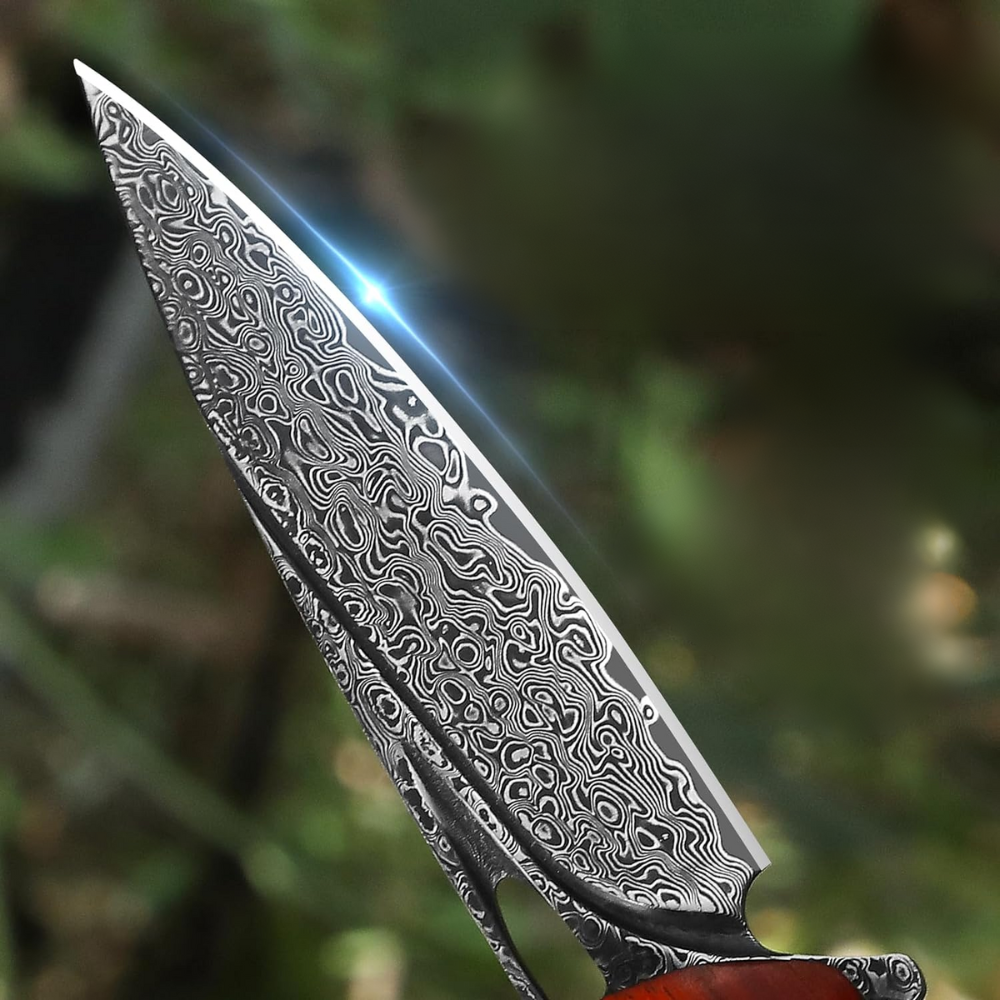








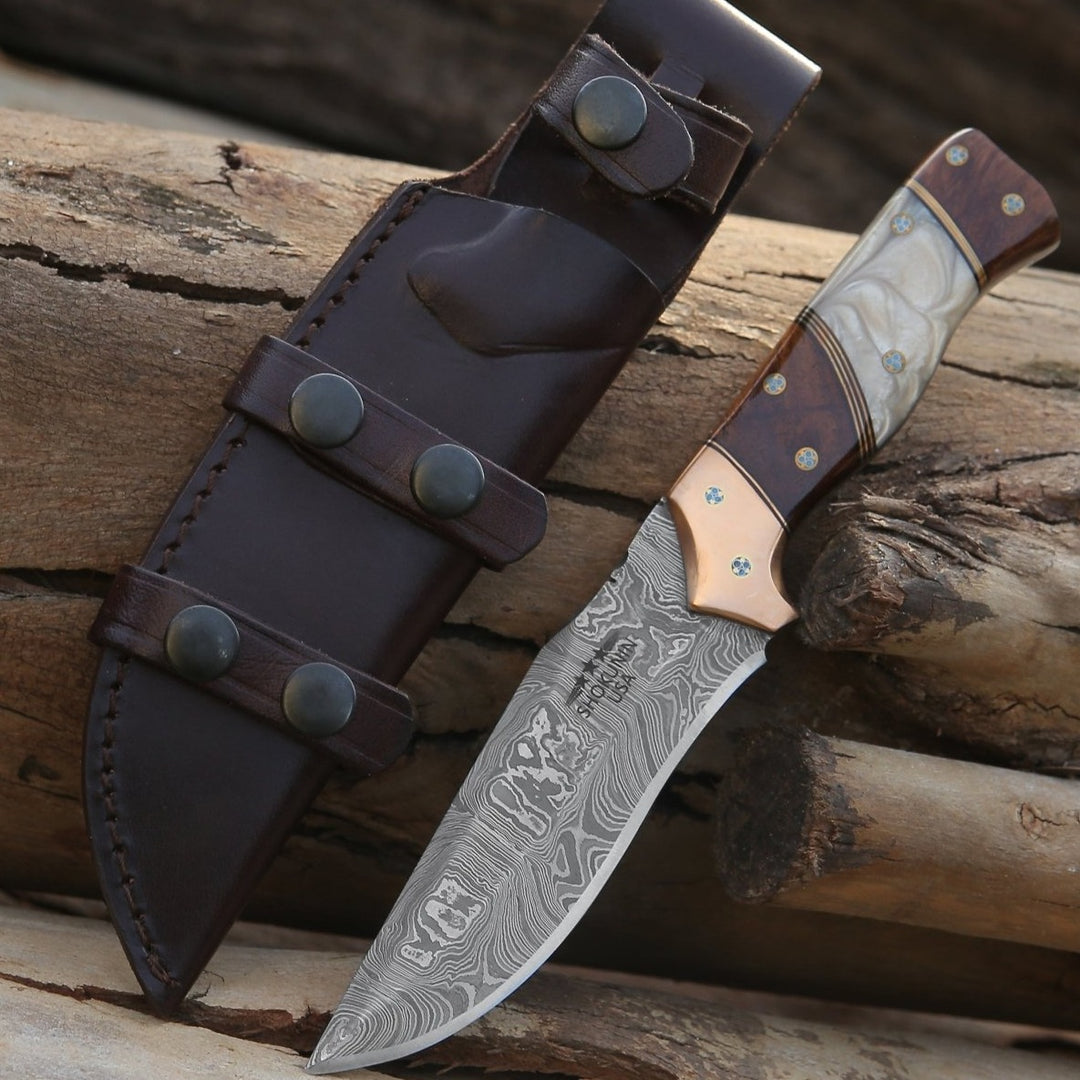
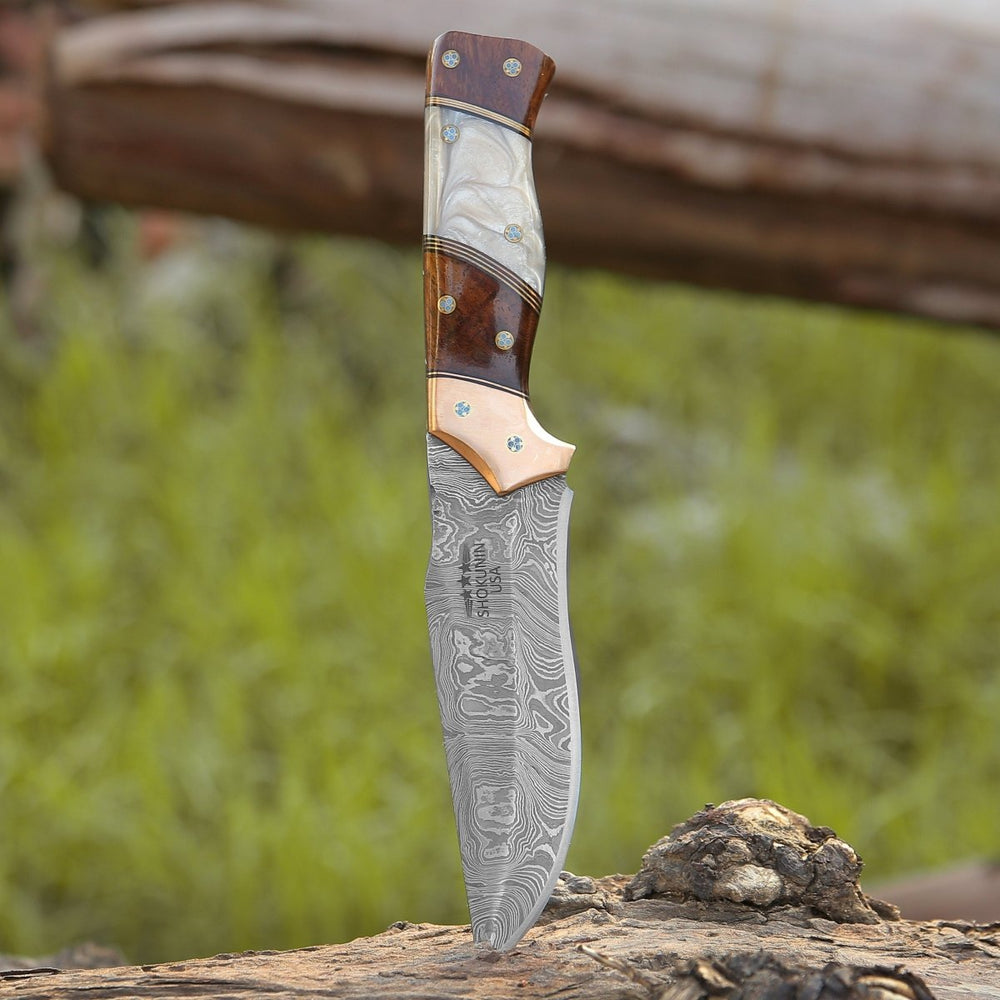


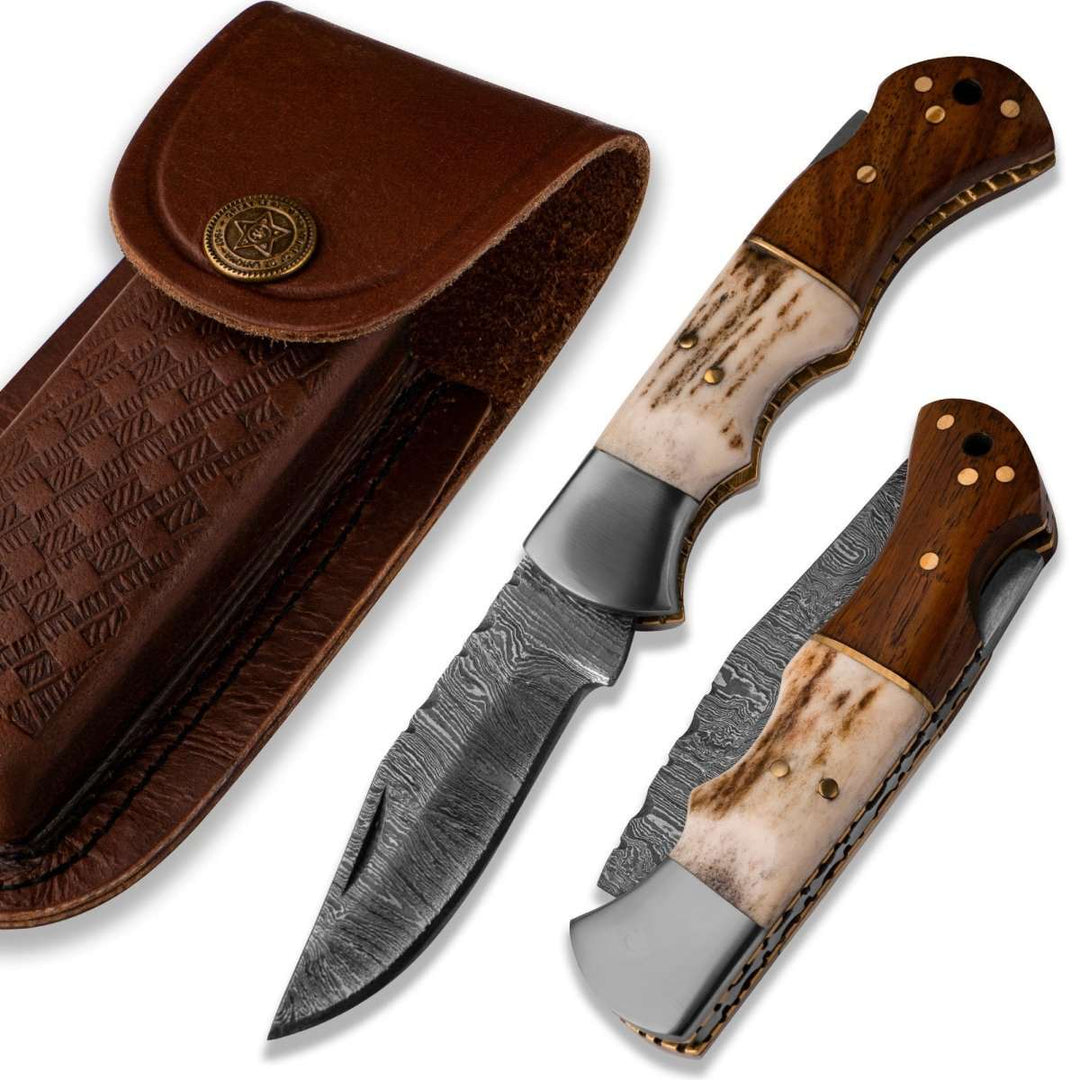
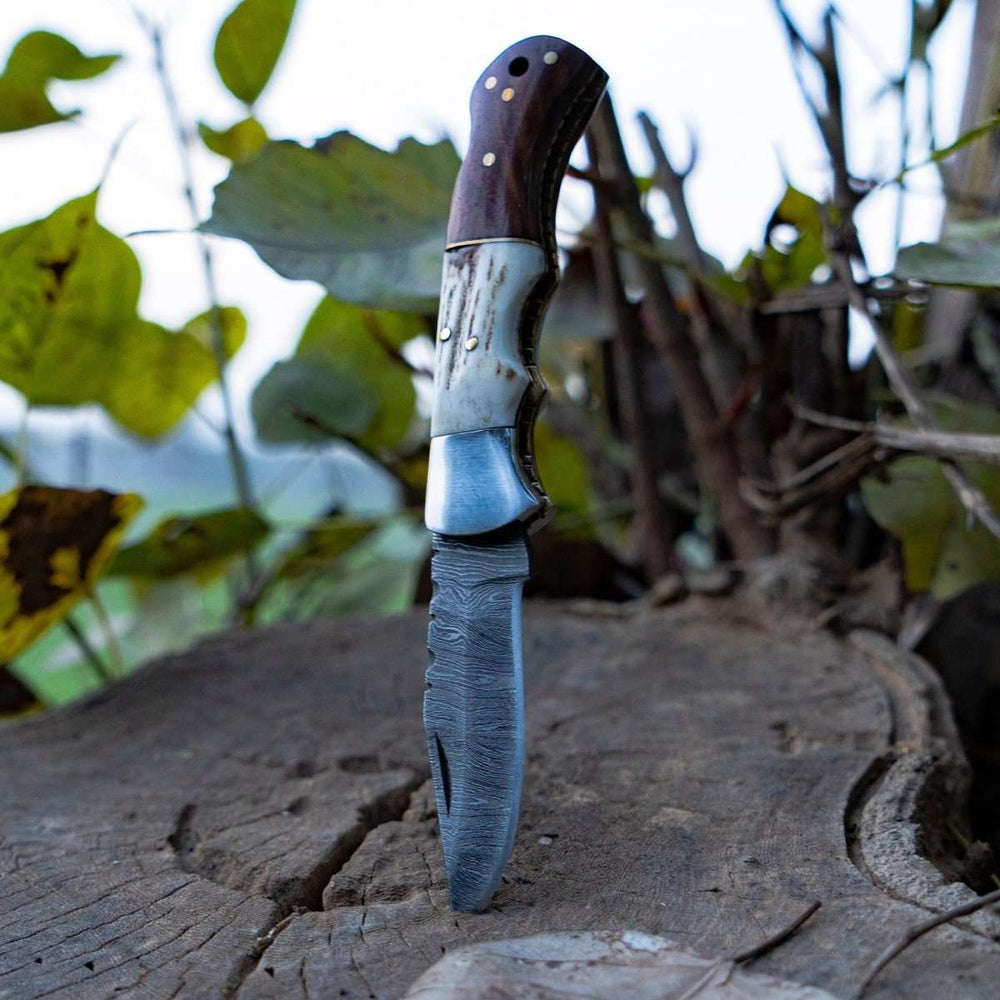




Dejar un comentario